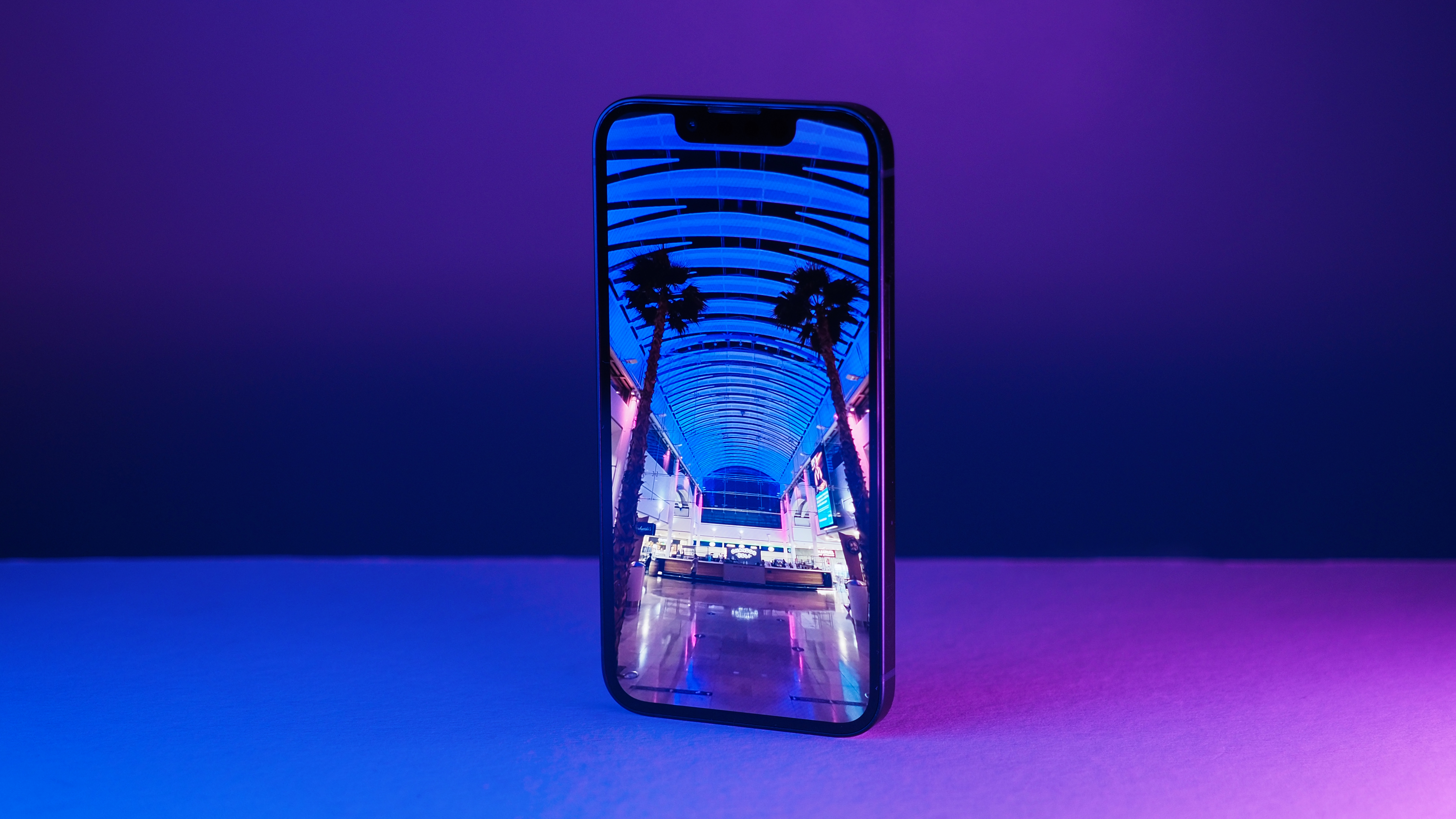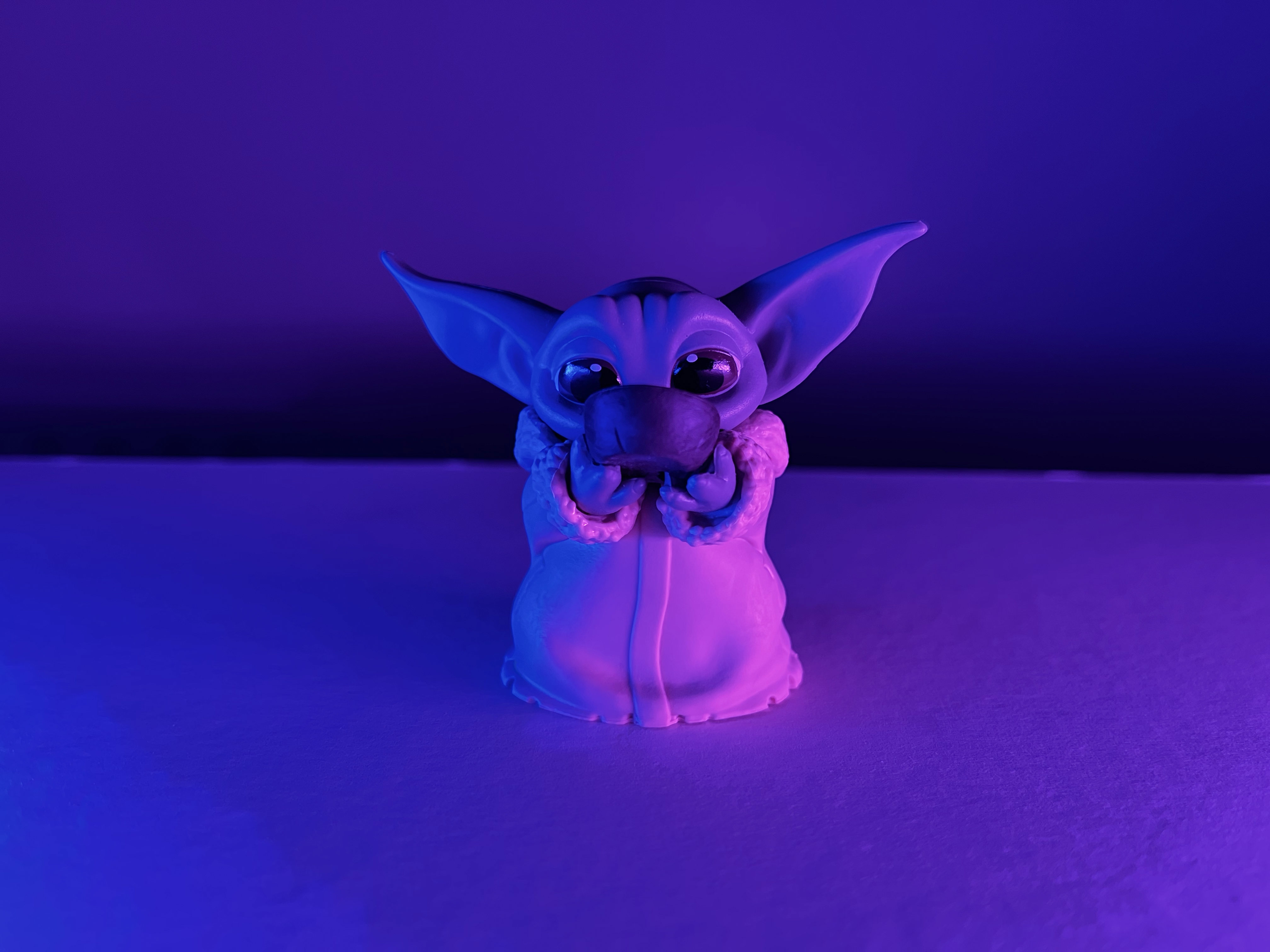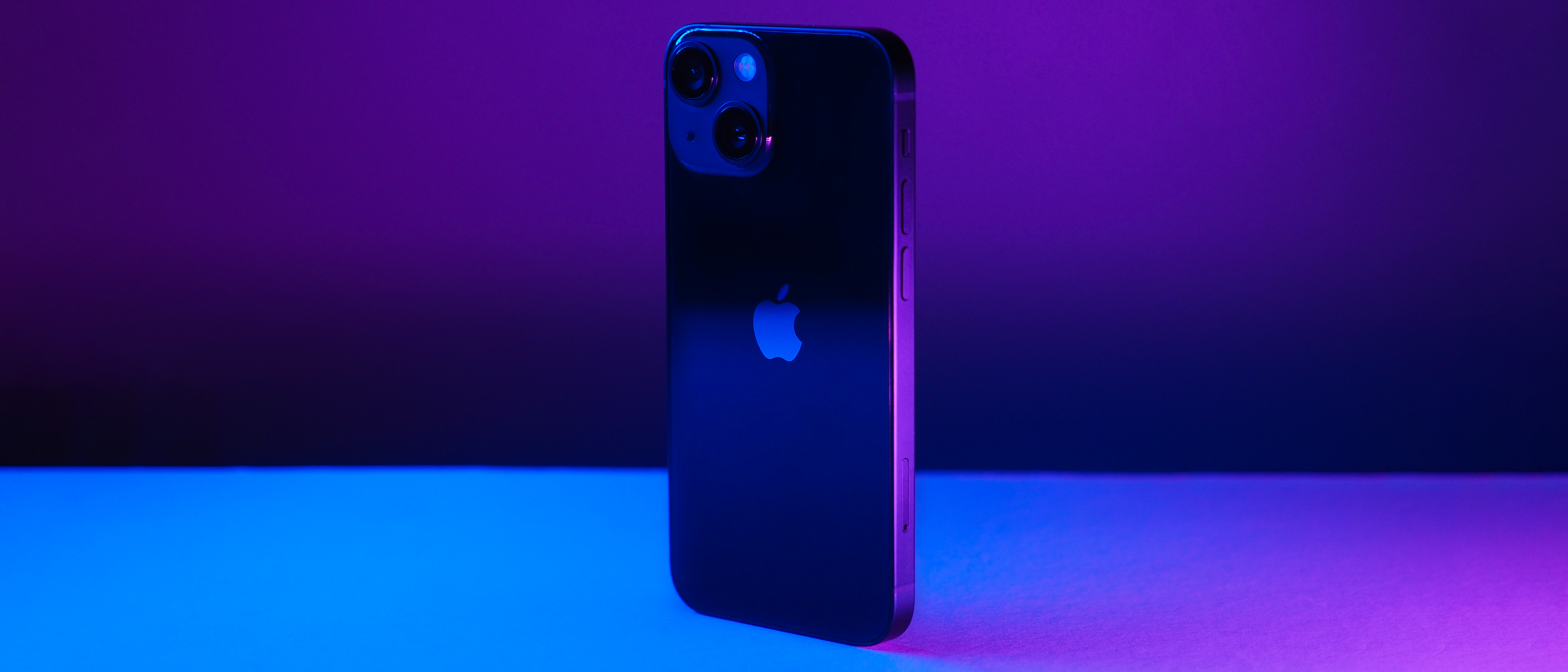Digital Camera World Verdict
You know exactly what you're getting with the iPhone 13 Mini: something that takes great photos and video, and just plain works. It's a smaller version of the 13 with slightly less battery life so, if a small phone is important to you, this is the one to go for – it takes superb photos, 4K 60p video, up to 240fps slow-mo (in 1080p), and its portrait functions now power the brilliant Cinematic mode for shallow depth of field in video. If you own the 12 Mini, there's not much reason to upgrade – but if you've skipped a generation, you'll fall in love with it.
Pros
- +
Upgraded cameras
- +
Cinematic video mode
- +
Better battery life
Cons
- -
Incremental updates
- -
No telephoto lens
- -
No ProRes / ProRaw
Why you can trust Digital Camera World
The iPhone 13 Mini does exactly what it says on the tin: gives you the same functions and firepower as the iPhone 13, in a more svelte form factor and with a smaller price tag to match.
Unlike the iPhone SE, which achieves a lower price point by sacrificing specs (including, most notably, battery life), the iPhone 13 Mini squeezes the raw power of the standard 6.1-inch iPhone 13 into a 5.4-inch handset.
What it doesn't squeeze in is the ProRaw or ProRes power of the iPhone 13 Pro or iPhone 13 Pro Max models. So if you want the best camera phone that Apple offers, the latest Pro and Pro Max give you those, along with a 78mm telephoto lens, ProMotion 120Hz refresh rate, Macro mode and Night mode for portraits.
While those may be important to power users, the standard iPhone 13s are still among the very best iPhones for photography – and if you want a heavyweight punch in a cruiserweight frame, the iPhone 13 Mini is for you.

iPhone 13 Mini: Specifications
Rear cameras: 12MP, 26mm f/1.6 (wide), 12MP, 13mm f/2.4 (ultra wide)
Zoom: 5x optical
Front camera: 12MP f/2.2 TrueDepth
Display: 5.4-inch OLED Super Retina XDR (2340 x 1080 at 476 ppi)
Chip: A15 Bionic
Image stabilization: OIS (all), sensor shift (wide only)
Max video resolution: 4K 60p
Waterproof: Yes (IP68 – down to 6 meters for up to 30 minutes)
Touch ID: No
Face ID: Yes
5G: Yes
Capacity: 128 / 256 / 512GB
Dimensions: 131.5 x 64.2 x 7.65mm
Weight: 140g
Charger: Lightning (adapter not included)

iPhone 13 Mini: Key features
Obviously the primary selling point of the iPhone 13 Mini is its size, with a 5.4-inch screen and a diminutive 131.5 x 64.2 x 7.65mm, 140g body. That's compared to the 146.7 x 71.5 x 7.65mm and 173g "heft" of the comparatively chunky standard issue iPhone 13.
Other than that, the Mini has all the same tricks as its bigger brother. A dual 12MP rear camera array with a 26mm f/1.6 and 13mm f/2.4 shooting options, the former offering sensor-based image stabilization with a 5x optical zoom, and both packing optical stabilization. On the front sits a single 12MP f/2.2 TrueDepth camera.
In addition to better low light performance, the cameras also up the ante on portrait mode features by introducing Cinematic mode – which uses depth calculation to simulate a shallow depth of field effect on video footage, which can be captured up to 4K 60p (with dedicated slow-mo options offering up to 240fps in 1080p).
It's not just the cameras that are better, as the battery life has been improved as well – thanks in part to a physically larger cell, as well as the power-saving wizardry of the new A15 Bionic chip, which offers more than enough oomph to run even intense games, apps and editing software with ease.
As with all iPhone 13s (and 12s) the Mini is a 5G phone, and also boasts Apple's MagSafe technology for wireless charging and magnetic mounting of cases and other accessories. The base capacity has been doubled from 64GB to 128GB, and it comes in (Product)Red, Starlight (white), Midnight (black/dark blue), Blue and Pink gloss finishes that will leave your fingerprints all over them.

iPhone 13 Mini: Build & handling
While it looks the same as the iPhone 12 Mini, the iPhone 13 Mini has minute differences in its design – mainly when it comes to the camera module, so you'll almost certainly need to get a new case if you're upgrading from last year's model.
Otherwise, you probably know what to expect here: this is a 5.4-inch phone that slips into pockets far more easily than its larger siblings and handles better if you have smaller hands or reduced range of motion in your digits.
If you haven't upgraded your iPhone for a while, or you're coming from an Android phone, you'll probably lament the lack of traditional headphone jack – though there are obviously a wide range of wireless earbuds to choose from. The familiar Apple Lightning connector is still here for now – though following an EU ruling, iPhones will likely have a standard USB-C connection starting next year.
The handset retains the IP68-rated splash, water and dust resistance that enables you to submerge the phone down to 6 meters for up to 30 minutes – though anyone who has used a wet phone will attest that wet screens aren't the most responsive, so it's not going to replace the best waterproof cameras.
The 'grammar' of the Mini will be familiar to Apple users, with the same swipes and gestures, the volume button activating the camera shutter, and a left swipe or depress of the icon on the lock screen giving you quick access to the camera.

iPhone 13 Mini: Performance
While the specs mostly offer incremental updates over the iPhone 12 Mini, in practice the beefed-up cameras make a notable difference. The superior low light performance is especially welcome, particularly without the additional Night mode of the Pro models, and combined with the sensor stabilization of the main camera result in tangibly better image quality.
Apple's default camera app may feel a bit remedial to advanced shooters, but there are still some options to play with. Exposure compensation can be adjusted, Photo Styles (Standard, Rich Contrast, Vibrant, Warm, Cool) can be adjusted, and filters (Original, Vivid, Vivid Warm, Vivid Cool, Dramatic, Dramatic Warm, Dramatic Cool, Mono, Silvertone, Noir) applied.
Portrait mode enables you to adjust the artificial depth of field from f/1.4 to f/16, with optional simulated lighting effects should you want to add dimension to flat, unflattering illumination.
The new Cinematic mode (see video below) takes the magic of Portrait mode and applies it to video, enabling you to shoot footage – and perform film-like rack focusing – with a simulated depth of field powered by lock-on AF tracking.
Watch video: Apple's new Cinematic mode
This is a largely brilliant feature, and one that will have content creators in a tizzy. Not only can you select your preferred f-stop and adjust exposure compensation when you film, you can actually post produce the footage and adjust the amount of blur – and which subject is in focus – after you've shot your scene.
Which can be handy if you're not filming human subjects, as the generally intelligent AF tracking system doesn't always behave if you tell it to track a non-recognizable face (or, in our case, a Baby Yoda).
Of course, you can always use third-party photo and video apps for greater control – Halide, for example, is a brilliant photography app that gives you full manual control of the camera.
And thanks to the power of the A15 Bionic chip, you can make all the adjustments you want to in dedicated editing software (such as Adobe's offerings) or even Apple's own Photos app, which gives you a surprising degree of control – especially over Cinematic video.
iPhone 13 Mini: Sample images & video






iPhone 13 Mini: Verdict
The iPhone 13 Mini is a brilliant proposition if you don't already own the iPhone 12 Mini, but less so if you do. For owners of older iPhones, particularly those looking for a smaller handset, it's a no-brainer: the photo and video quality is superb, with Cinematic mode adding a new tool to your filmmaking arsenal.
If you bought the Mini last year then there's not much incentive to upgrade to the 13, other than improved cameras and battery life – so if you're happy with your phone, sit tight until 2022.
And if you're mulling over whether to get the Mini (or the standard iPhone 13) rather than one of the Pro models, remember that you won't get ProRaw, ProRes, a telephoto lens or Macro mode – but if you don't need those, then the iPhone 13 Mini is fantastic camera phone.
Read more:
iPhone 13 Pro review
iPhone 12 Pro vs iPhone 13 Pro
iPhone 12 Mini review
iPhone 12 Pro review
iPhone 12 Pro Max review
Best 5G phones

James has 22 years experience as a journalist, serving as editor of Digital Camera World for 6 of them. He started working in the photography industry in 2014, product testing and shooting ad campaigns for Olympus, as well as clients like Aston Martin Racing, Elinchrom and L'Oréal. An Olympus / OM System, Canon and Hasselblad shooter, he has a wealth of knowledge on cameras of all makes – and he loves instant cameras, too.

